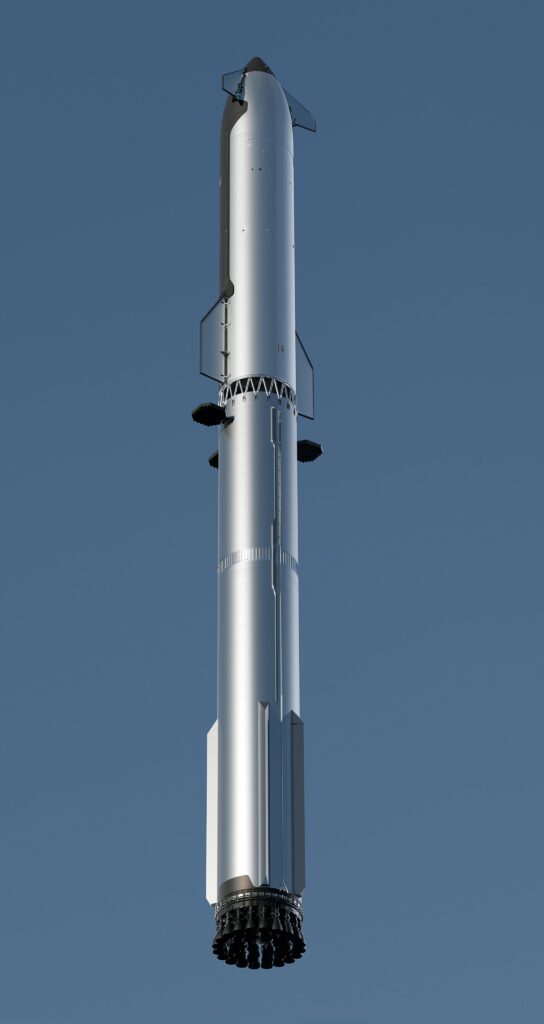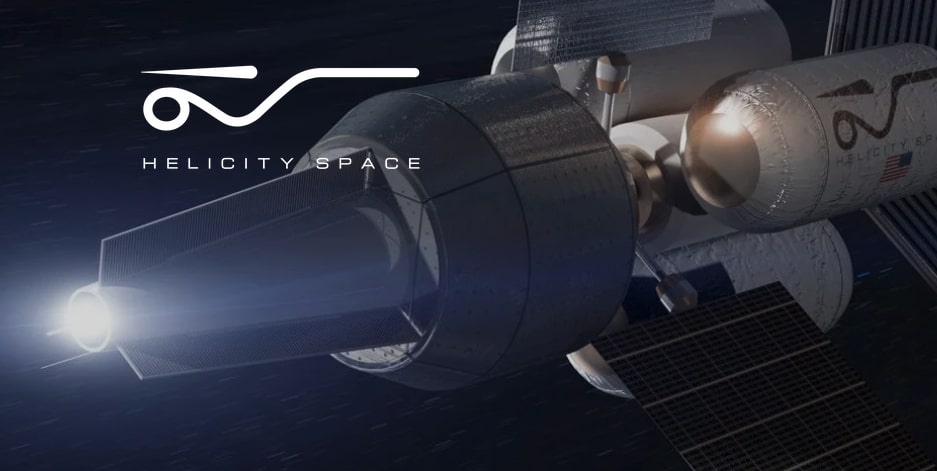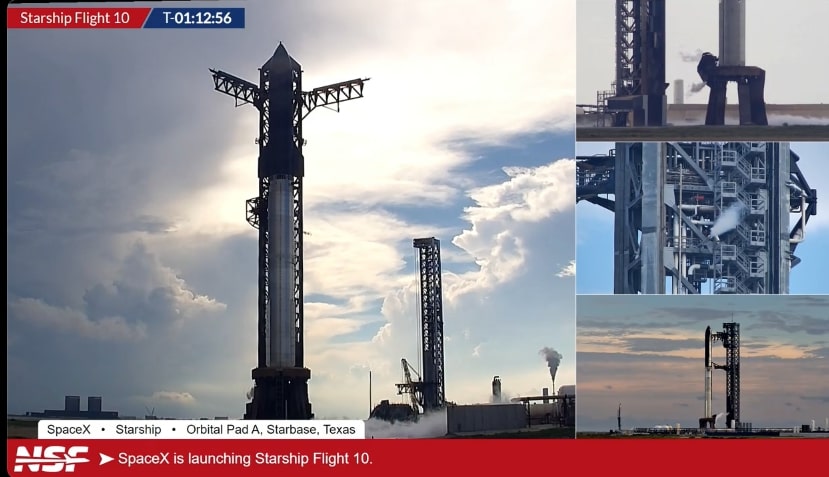Now Reading: Will SpaceX’s Starship Launch Advanced Starlink V3 Satellites This Year?
-
01
Will SpaceX’s Starship Launch Advanced Starlink V3 Satellites This Year?
Will SpaceX’s Starship Launch Advanced Starlink V3 Satellites This Year?

Quick Summary
- SpaceX’s Starship 10 was scheduled for launch with dummy Starlink Version 3 satellites but today’s attempt was scrubbed due to ground system issues.
- They have a two-day window remaining for the launch, which is expected to be rescheduled soon.
- Success in deploying Starlink Version 3 satellites will enable test missions between September and December 2025, with full deployment across approximately 15-30 missions in 2026.
- The improved starship design (Version 3) has higher payload capacity: up to 200 tons reusable, ~250 tons partial reuse, and ~300 tons expendable.
- Launch costs could drop dramatically using this system: down from $1000 per kg on Falcon rockets to an estimated $200 per kg initially-even with no recovery of booster or upper stages.
- Future cost reductions might reach as low as $10/kg with full reuse of booster and upper stage components.
Indian Opinion Analysis
The performance and cost improvements promised by SpaceX’s upcoming starship version signal significant advancements in space technology that could reshape the global satellite market-including India’s aspirations in low-cost satellite launches through ISRO’s PSLV and GSLV programs. While SpaceX’s reduced costs ($200/kg initially; potential $80-$10/kg later) challenge existing standards, ISRO may need strategic decisions focusing on niche markets or innovations in reusability technologies to maintain competitiveness.
Moreover, the possibility of rapid deployment increases competition for India’s satellite operators seeking connectivity expansions through indigenous platforms like GSATs versus imported solutions like Starlink clusters-a pivotal factor given India’s focus on digital inclusion under initiatives such as Digital India.
























